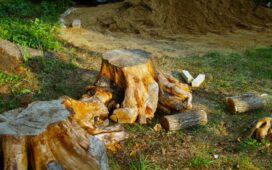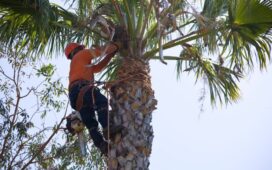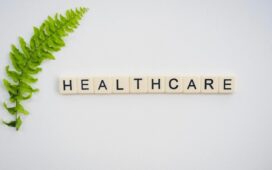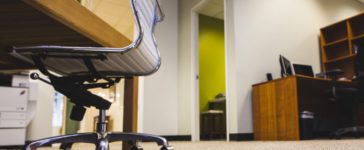Did you know that natural disasters cause over 25 million dollars worth of damage in the United States each year? If you live in an area where natural disasters are likely, you need to make sure that you have a plan in place long before a disaster occurs.
The good news? Creating a disaster recovery plan isn’t as complicated as it may seem on paper.
In this article, we’ll give you a step-by-step guide that you can use to create a natural disaster recovery plan for your home. We’ll tell you who to call first, as well as how to protect yourself along the way, so you can get back on your feet faster.
Know Your Coverage
In an ideal world, you would have a deep understanding of your home insurance policy, and how much coverage you have, before a disaster occurred. That way you wouldn’t have to worry about what was covered, and what was not, during or after a disaster.
A pro tip? In your disaster survival kit, you should keep a laminated copy of all of your insurance information. That way, no matter what happens, you have all of your coverage information on you at all times.
Make Your Health a Priority
We get it. After a natural disaster occurs, it can be tough to not worry about your home and all of your belongings over everything else that is going on at the moment. But if you’re hurt or injured in a storm, your health should be your number one priority.
Remember, you can build another home for you and your family to live in. But there’s only one you, which is why taking care of yourself first is the most important thing that you can do after a natural disaster occurs.
Contact Local Officials
Once you’ve taken care of yourself, and those around you, it’s time to start making some phone calls. Your first call should be to your local officials to let them know that your home has been damaged.
They’ll send someone out to your home (eventually) to assess the damage and give you some guidance on what to do next.
Remember, in most cases, your home isn’t going to be the only home that is damaged by a disaster. Having some patience, and being calm, is the key to making it through this process without stressing too much.
Take Plenty of Pictures and Videos
After a disaster occurs, someone from your local government will come by and take pictures of your home. Before that, we recommend that you take pictures, and even videos, yourself, so you have them for your own records.
You’re going to need these documents for your insurance provider later on. But even your insurance provider could send someone out to your home to document the scene themselves. With that in mind, having your own copies of photos and videos that you took is a good idea, just in case something goes awry.
Should you need to take legal action, having documents that you created and captured yourself will be very much worth it.
Contact Your Insurance Provider
The next step in the disaster recovery process involves contacting your insurance provider. It’s best to do this after you’ve got some pictures and videos that you show them, so they have a better idea of what exactly happened to your home.
Again, if you know what kind of coverage you have before this step, that’s ideal. That way you know what to expect and can look out for any red flags along the way.
If you don’t, try to do some research before you contact your instance provider. That way you can make sure that the answers that you’re getting over the phone, or via email, are indeed correct.
Contact Friends and Family
During the disaster recovery process, odds are you’re going to need to lean on your loved ones while you get back on your feet. So, at this point, it’s a good time to contact friends and family and let them know what you need.
Of course, doing this is often easier said than done, especially if you don’t like to ask for help from people. But if you need help, not asking for it is a great way to make this process harder on yourself, which of course isn’t what you want to do.
Reach Out to a Lawyer
Finally, if you’ve been the victim of a natural disaster, and you need some help legally, you should reach out to a lawyer ASAP. Getting some legal advice is always a good idea, especially if your entire life will be changing due to this disaster.
Our advice? Make sure you contact a lawyer that has experience dealing with your specific type of disaster. So, if you’re the victim of a hurricane, contact a hurricane lawyer so you have someone on your team who is familiar with cases like yours.
Still Not Sure How to Handle a Disaster?
As you can see, a lot goes into creating a natural disaster recovery plan. With that in mind, if you know what you’re doing, you can create one today in just a few short hours, preparing yourself (and your family) for anything that could happen in the future.
Looking for more tips and tricks that you can use to protect your most valuable asset, your home? Check back with our blog daily, as we have all kinds of useful information homeowners need to know.













